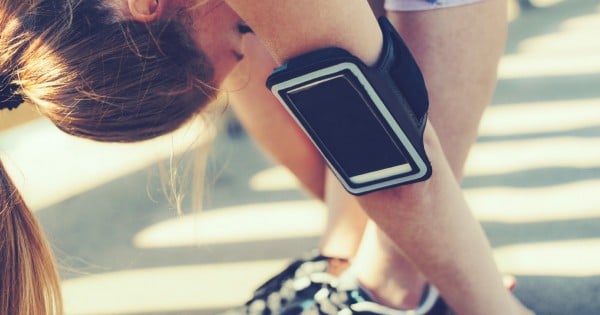
Trigger warning: This article covers mental health and suicide.
“So is it kind of like Carrie from Homeland then?” asked a friend to whom I’d revealed that I was being treated for Bipolar II disorder.
She was visiting from overseas and wasn’t privy to the happenings of the previous year. I was feeling fairly fresh that day, after slowly clawing back to some sort of normalcy after the big fall a few months before. I was actually out at a bar in Melbourne, a huge leap forward compared to the perceived safety of the bed sporting my crappy pyjamas and sallow eyes.
“Well, kind of. Not quite as extreme in the ups and mania, but yeah, kinda, I suppose,” I said.
Yeah, I kind of feel like Bipolar II is like a ‘softer’ version of Bipolar Disorder, although it has been found in a number of studies that there are higher instances of suicide ideation and attempts amongst Bipolar II patients (24%) compared to 17% in Bipolar I patients and 12% in major depressive patients so maybe not quite as ‘soft’. It’s a tricky one to explain.
Maybe it’s because the symptoms are harder to diagnose? The mania isn’t quite as obvious as assessed in those with Bipolar Disorder (it’s referred to as hypomania) but the depression can linger on, so the condition can be cloaked and missed in earlier attempts at diagnosis, often mistaken for depression or other anxiety disorders. It’s a complicated spectrum and many fall through the cracks and don’t come out alive.





Top Comments
Dear Anya, are you able to give me the name of your psychiatrist? I'm also looking to get a second opinion and have been searching for a good psychiatrist. Thank you!
Bipolar ll can be very difficult to diagnose unless you have a very high index of suspicion or time to observe the changes in an individual. So pleased to hear you got the help you needed.